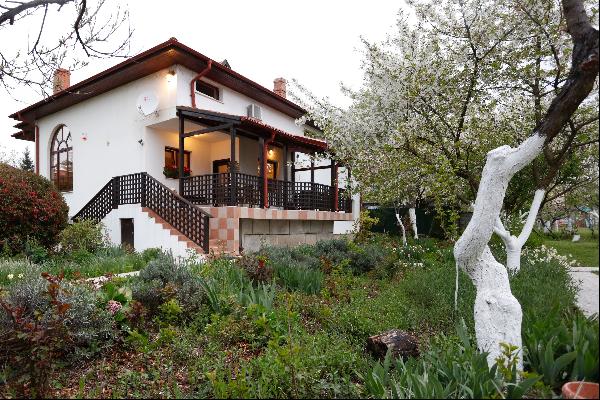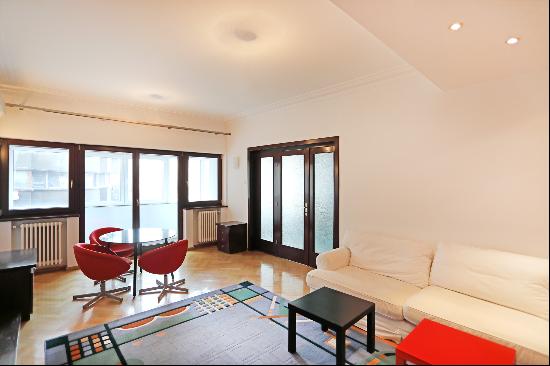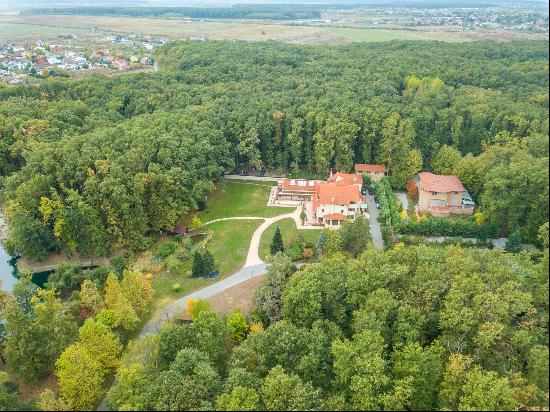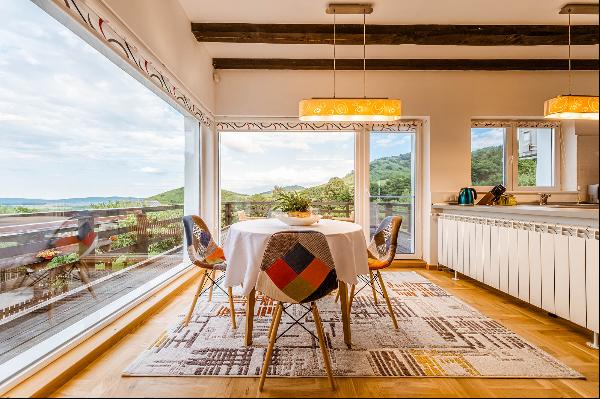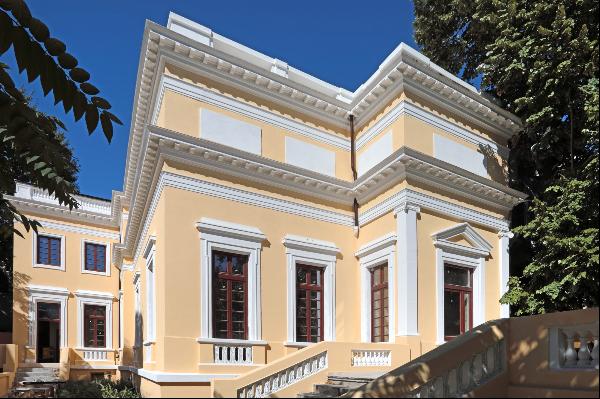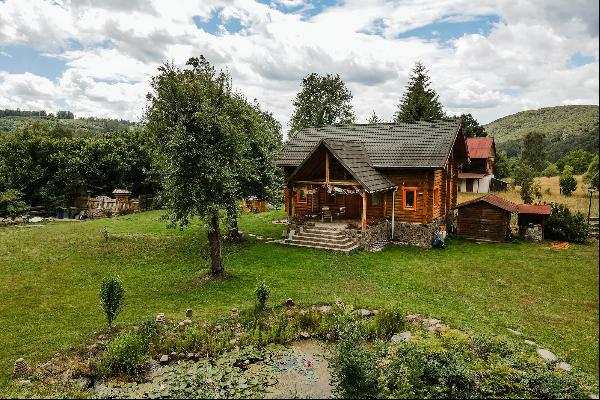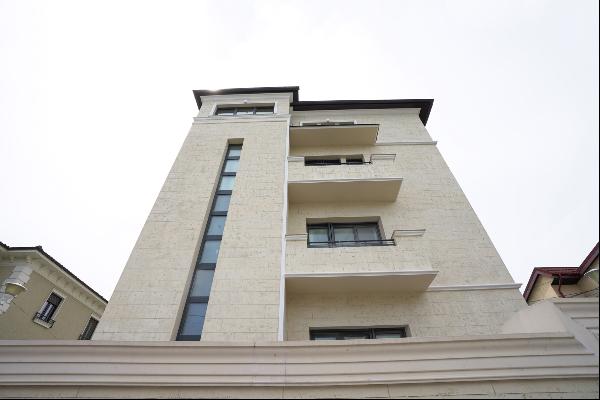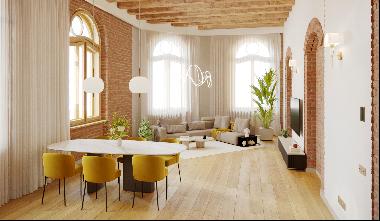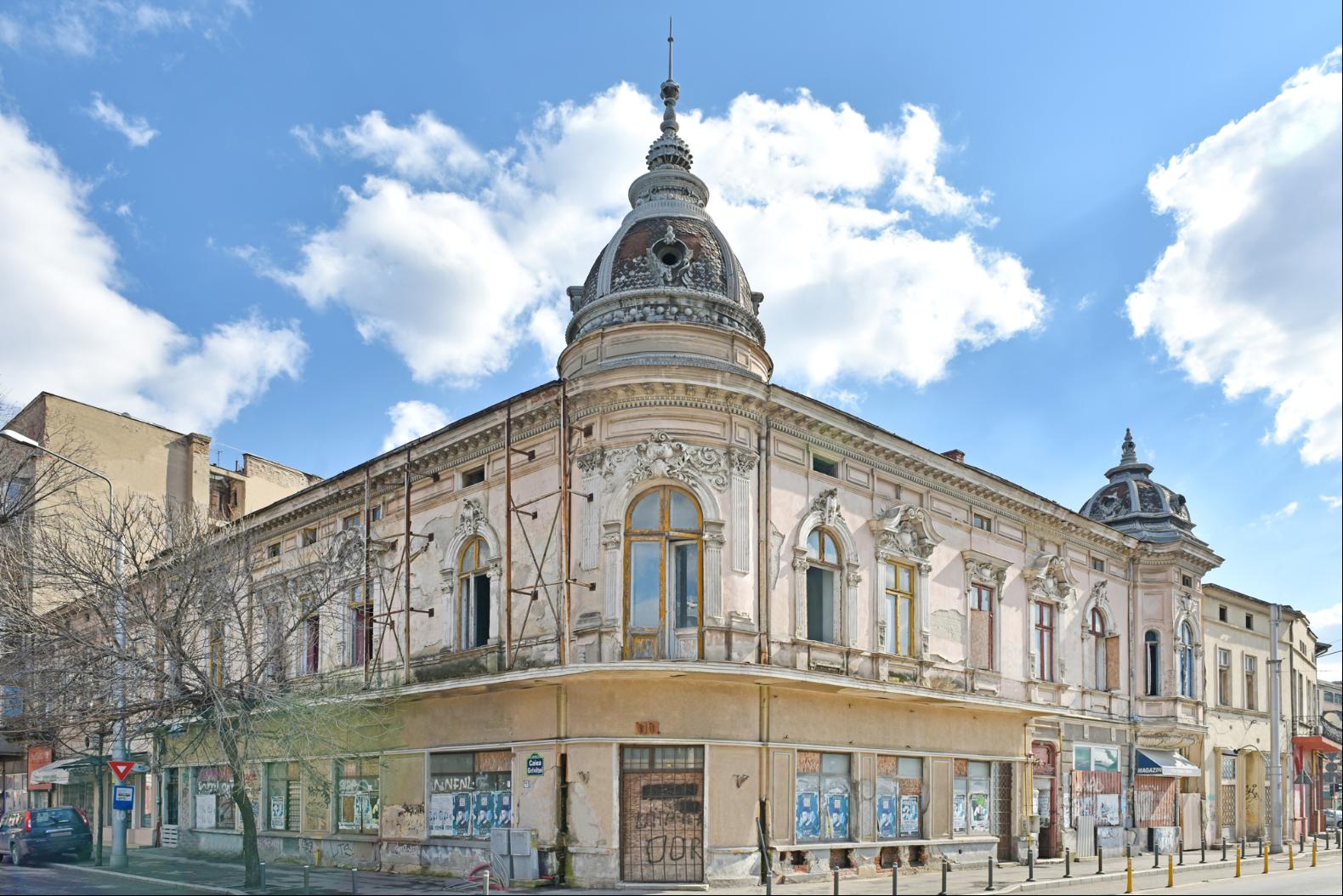

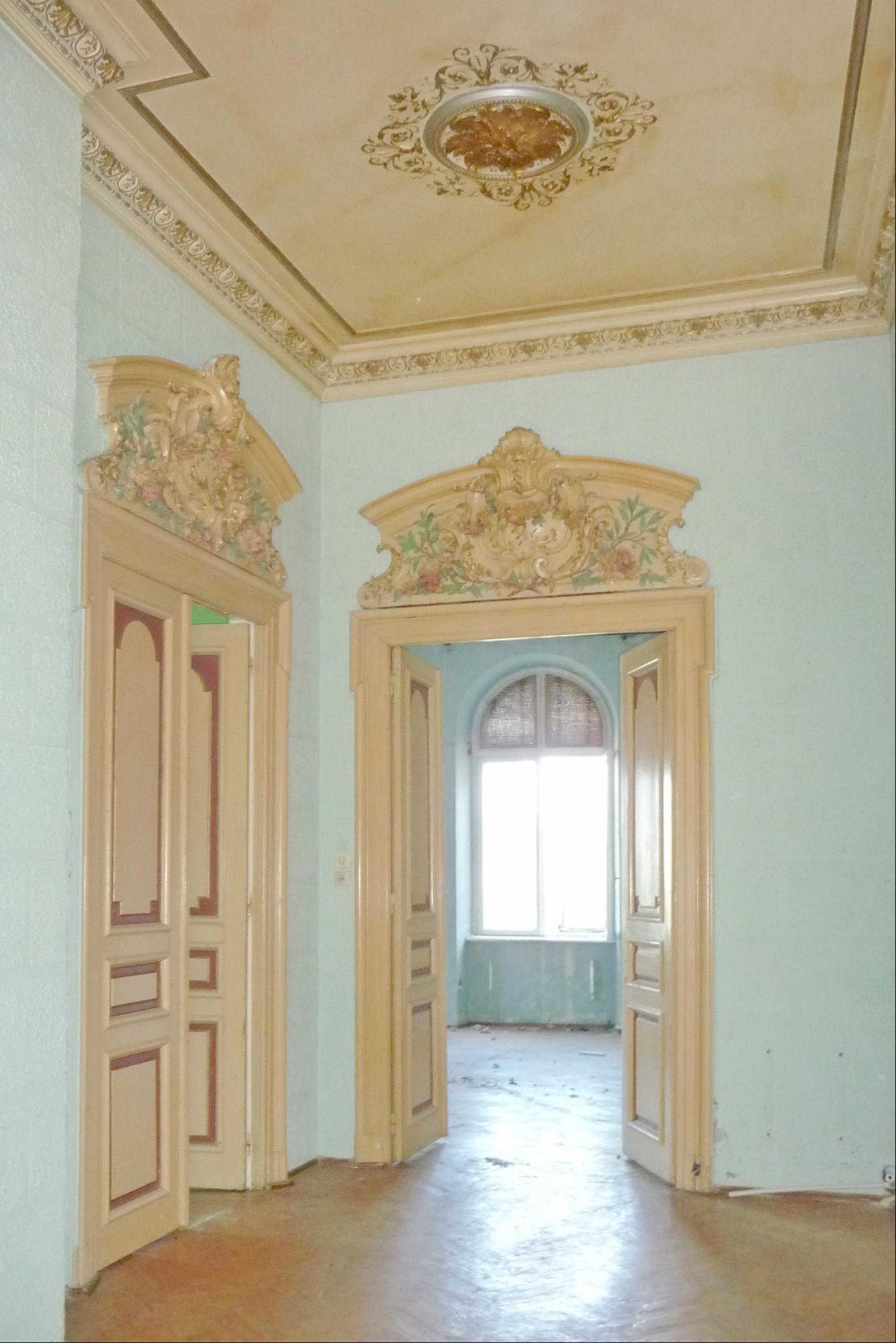

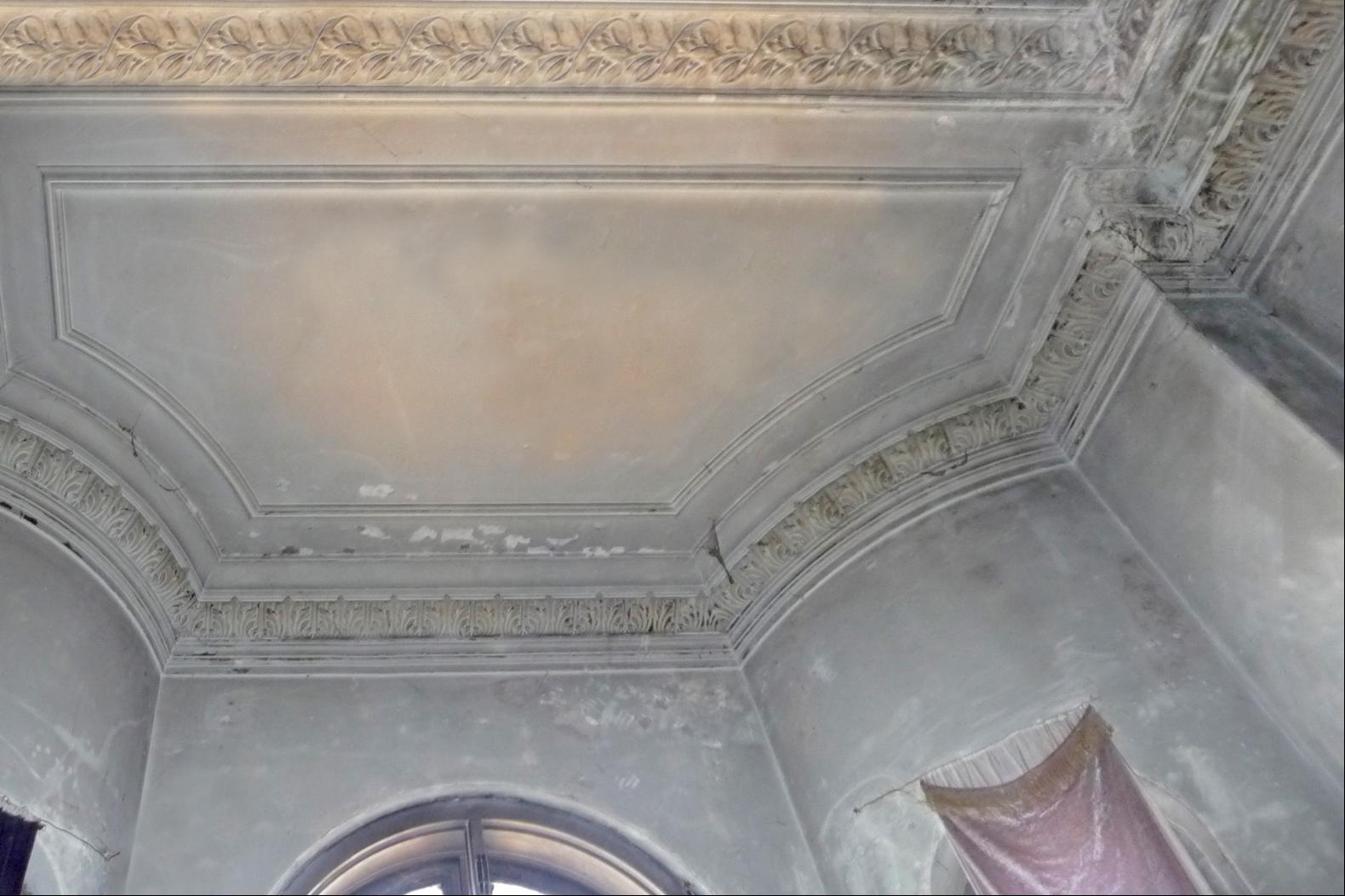

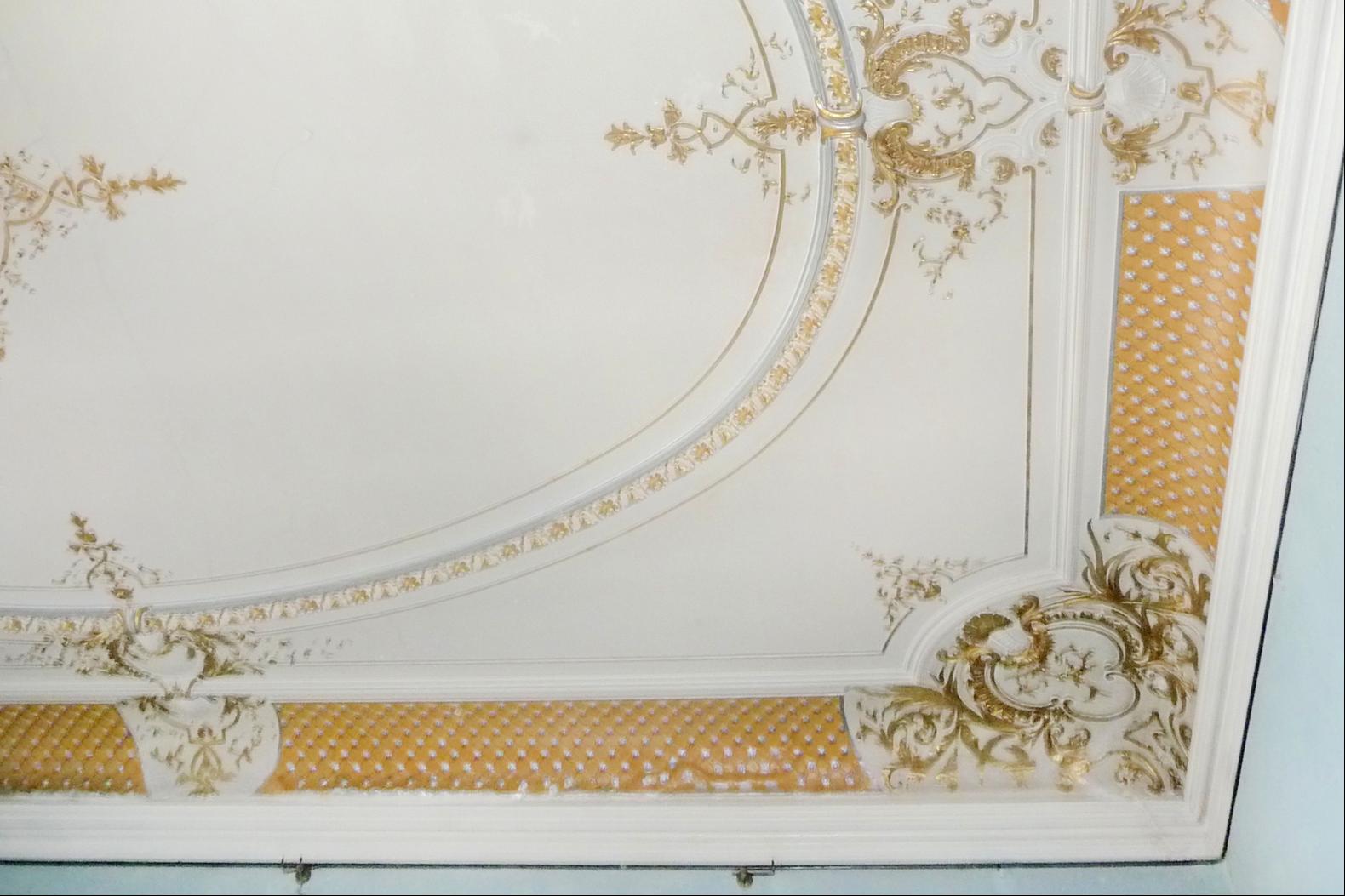
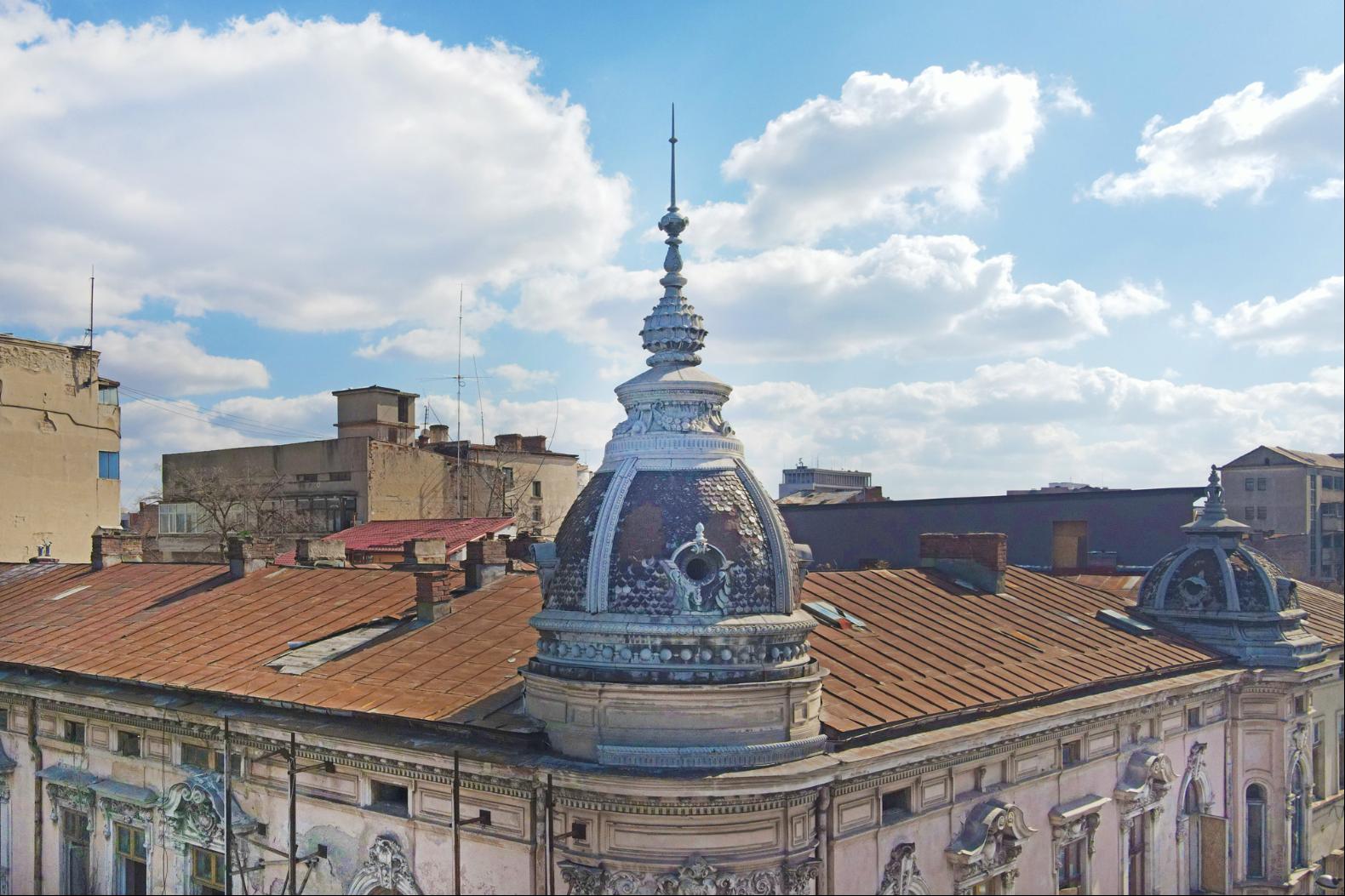
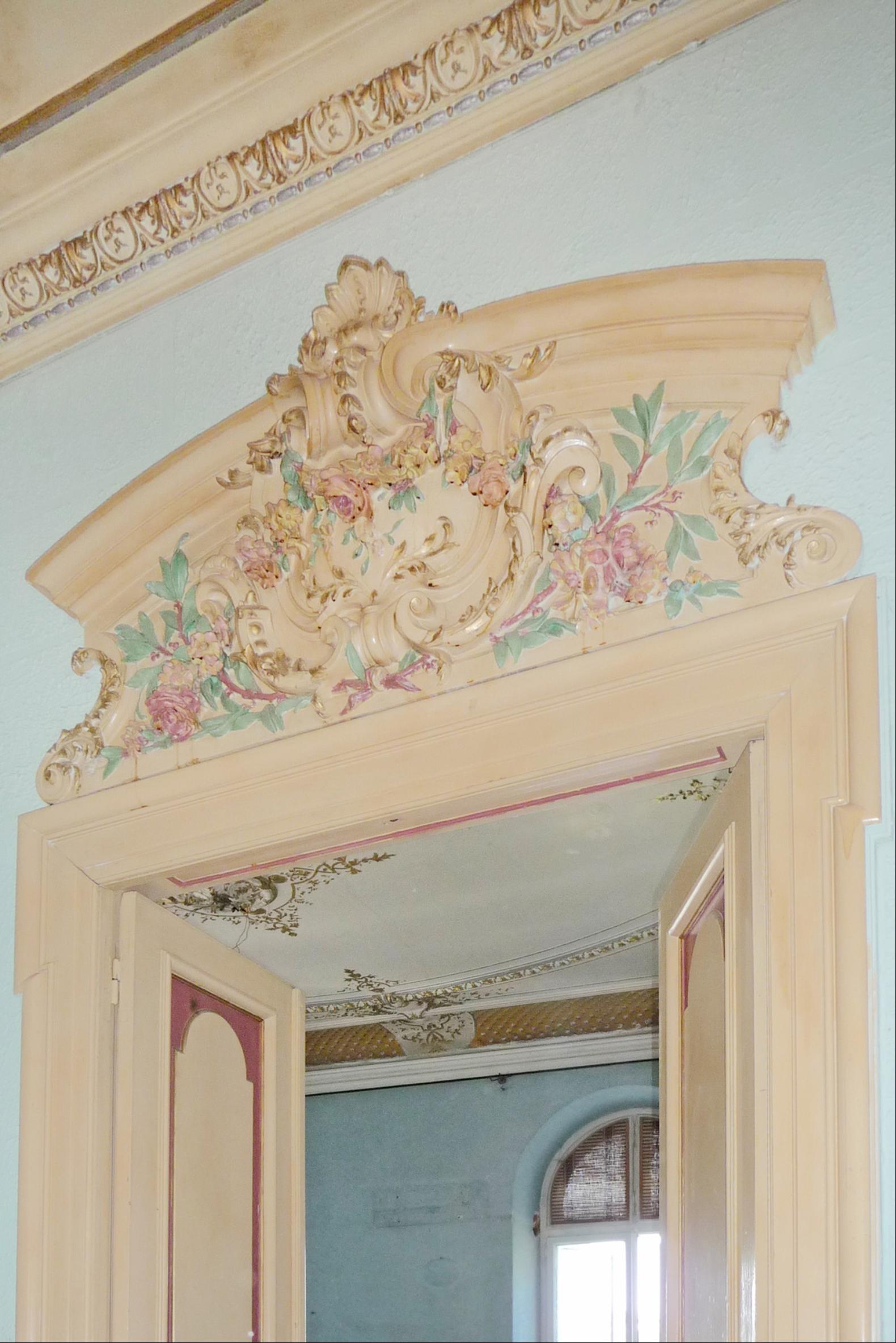
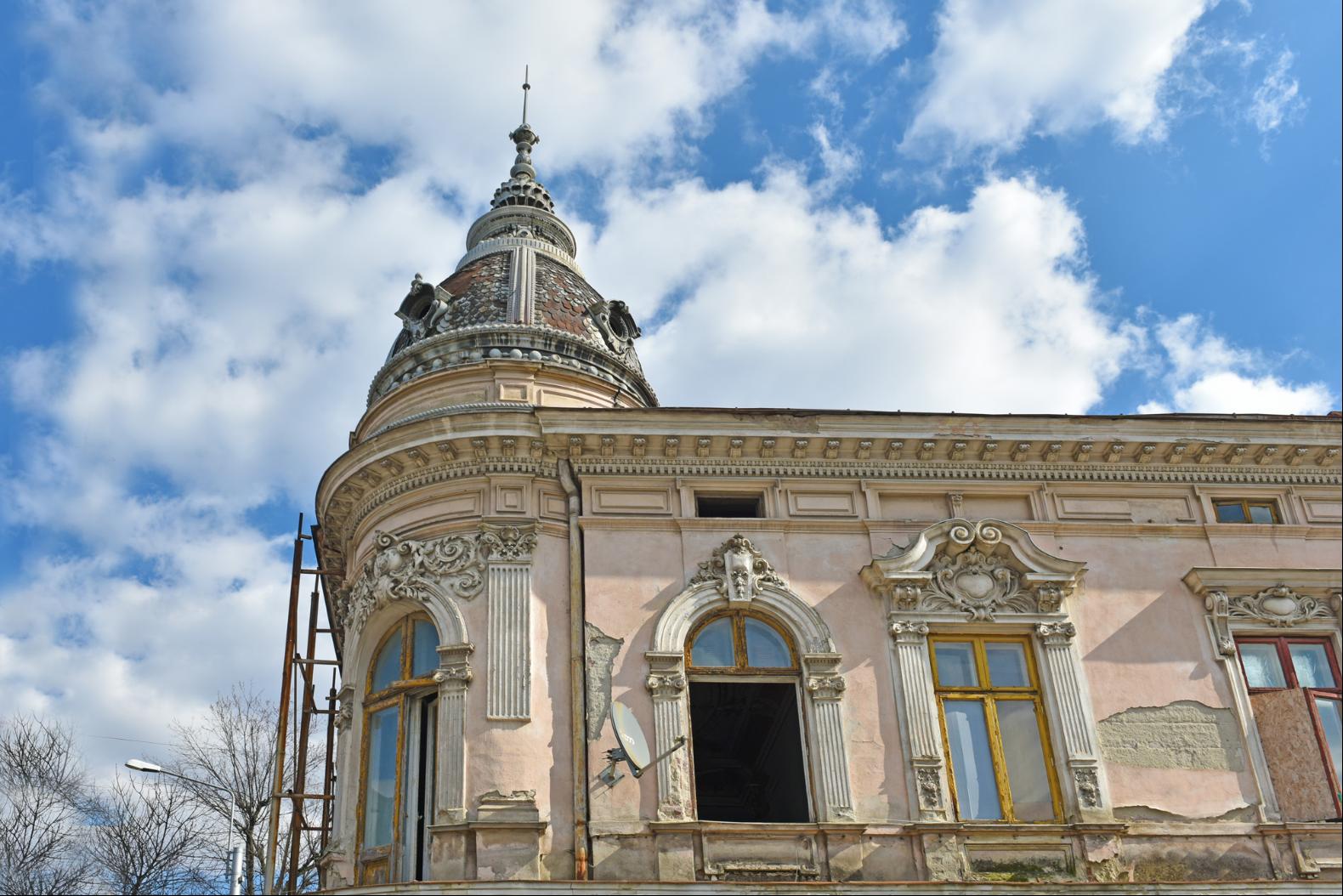
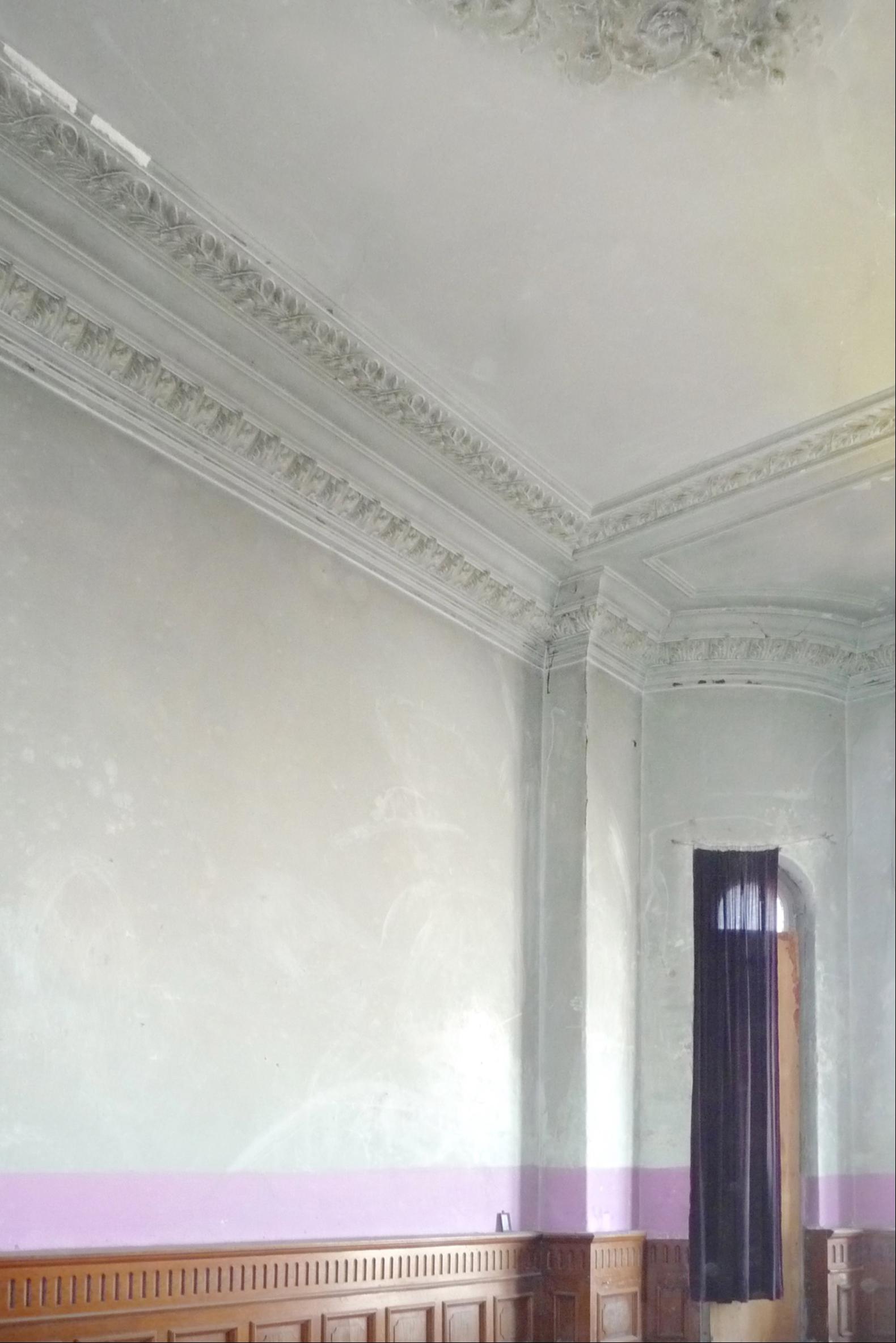


- For Sale
- EUR 1,750,000
- Build Size: 22,367 ft2
- Land Size: 7,340 ft2
- Property Style: Villa
- Bedroom: 20
- Bathroom: 4
- Half Bathroom: 4
This historic monument, built at the end of the 19th century, bears with nobility the signs of an era when Bucharest flourished and started its urban modernization, being dubbed "Little Paris". At that time, the French model established itself as the main landmark in architecture, but also for everyday clothing, gestures and accessories. The French language became the emblem of the cultivated socialites, and foreign travelers were pleasantly impressed by a Bucharest that was gradually detaching itself from the Orient and the Balkans, in order to connect with Europe through the French cultural model. French influences can be found in the architectural style of the Merchant Dimitrie Petrescu's house, built at the intersection of Berzei Street with Calea Griviței, two avenues hosting an important part of Bucharest’s history. On the outside, the building preserves intact all the architectural elements, catching the eye with the elegance and the decorative elements applied on the window pediments. Inside, the high rooms with ceilings spectacularly decorated with rosettes, friezes and cornices with floral patterns, bring the nostalgia of a musical evening with guests from the high life of the capital. The property has an architectural project for the restoration of the facade, interior design and for the transformation of the attic into an attic. After all these works, it can recover its nobility from a hundred years ago and can once again become a real landmark of Bucharest. Photo: Gabriel Ghizdavu



